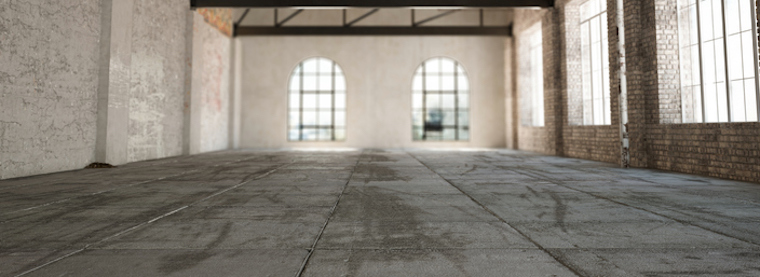“Everything gigantic in American (retail) is about to get smaller or die,” wrote James Kunstler in a Business Insider article in 2013. Kunstler wrote that big box retailers were on the brink of scale implosion, and that “every element of economic reality is now poised to squash them.” Fast forward to 2017, and we’ve gone over the brink.
The Washington Post reported last month that troubles for big boxes have been building for years and are now arriving full force. It seems like every week brings another story of big retail jobs lost, the shuttering of stores, and the financial losses at big retailers.
With all the doom and gloom around retail,
you might think small retailers,
especially small town retailers, don’t stand a chance.
But that’s not true.
eCommerce (Amazon) is not the only cause of the big box decline
There are constant news stories that point to eCommerce as the cause of big retail’s decline and also as its replacement. Today, you can reorder all your regular items like paper towels or laundry soap just by tapping a button mounted right in the cabinet or by telling your voice-controlled assistant to handle it. Even more automated, you can set up all regular items on recurring shipments that you don’t even think about. Soon your refrigerator and cupboards will notice you’re low on something and just reorder it. That means no chance for a big box store to capture an impulse purchase when you make a quick run to the store for those items.
But online sales today only amount to 8% of all retail sales
Sure, online sales are increasing. The dominance of Amazon increasing. But online sales can’t be the only cause for big retail’s decline or the only replacement.

So where are the rest of the big box sales going?
While all boring retail purchases (translation: commodities) get automated, there is a trend of specialized and unique retail purchases becoming small, sustainable, curated, handcrafted, local and integrated with technology.
Items we care about, are interested in,
and want to enjoy shopping for,
will come from small local retailers.
Customers are already shifting their spending to smaller retailers. The MasterCard SpendingPulse for Small Business has reported on the “general consumer trend to shop small” for the past four years. IBM Research says that in five years, buying local will once again beat online because of local retailers’ increasing use of technology. (This is IBM, remember.)
Smart local stores will merge digital with physical retail. The physical store is closer to the customer and gives immediate gratification. Merge that with the product information and reviews of online, plus more personalized data, like wishlists and recommendations.
What can local stores in small towns do today to capitalize on retail’s big split?
- Use big retail’s own tools against them. Try these 7 big-retail tricks including automatic orders, delivery, and better recommendations.
- Add more technology to be more human. Use tablets to improve your service. Teach customers how to buy from you through Alexa and Siri.
- Offer items that can’t be bought online. Locally-produced items, personalization and special services give you an advantage.
- Be your best small town self. Use your 7 Strengths as a small town retailer and shore up these 7 Common Weaknesses of Local Shops.
Cover photo: AP Hammock
Parking lot, Warehouse: iStock

